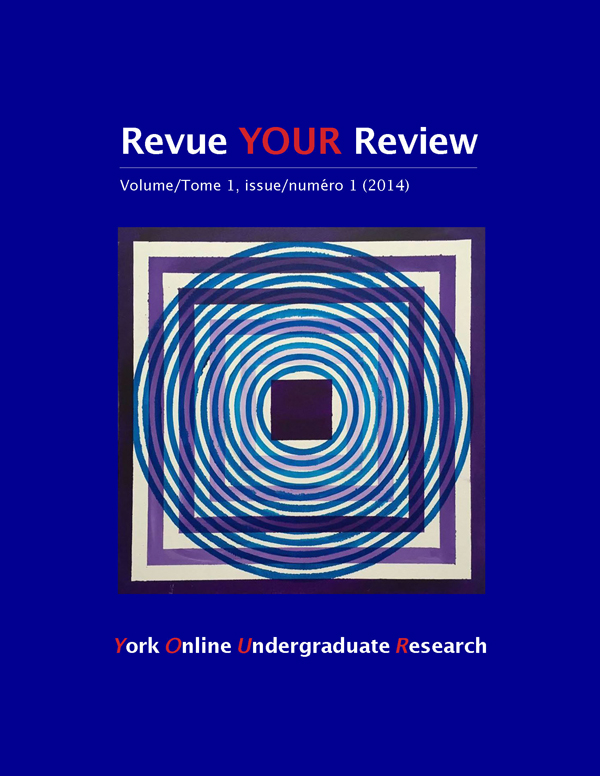Road Kill at the Leslie Street Spit: Assessing the Road Mortality Patterns in Toronto’s Urban Wilderness (abstract)
Abstract
The presence of roads is a necessary component of urban life, but the manner in which the urban road network affects the surrounding natural environment—and, more specifically, the urban wildlife—is not often considered. The danger posed to wildlife in urban environments by means of vehicle‐related fatalities is prevalent, even in areas of urban wilderness such as the Leslie Street Spit (the Spit) in Toronto, Ontario. The rate at which some species are killed on urban roads can be catastrophic to the population and possibly lead to extirpation. The goal of this study is to identify patterns of road mortality and, ultimately, to contribute data for effective mitigation strategies to reduce the instances of road kill at the Spit. The study area was divided into four sections and, from May to August 2011, the location and species of road kill found were recorded and mapped. The total count of road mortalities was 96, with snakes accounting for 71%, followed by birds (18%), amphibians (7%), and mammals (4%). The two sections of the study area with the highest vehicle traffic accounted for the majority (61%) of road mortalities. Temporal differences by taxonomic group were observed; for example, the mortality of snakes peaked in June, and that of birds in July and August. Overall, the results show that snakes are disproportionately affected by the presence of vehicles on the roads at Toronto’s Leslie Street Spit and that the areas of increased traffic are also areas of increased mortality for the wildlife in this urban wilderness area.Downloads
How to Cite
Issue
Section
License
Authors contributing to Revue YOUR Review agree to release their articles under one of three Creative Commons licenses: Creative Commons Attribution 4.0 International; Creative Commons Attribution-NonCommercial 4.0 International; or Creative Commons Attribution-NoDerivatives 4.0 International. All editorial content, posters, and abstracts on this site are licensed under Creative Commons Attribution-NoDerivatives 4.0 International. For further information about each license, see:
https://creativecommons.org/licenses/
In all cases, authors retain copyright of their work and grant the e-journal right of first publication. Authors are able to enter into other contractual arrangements for the non-exclusive distribution of the e-journal's published version of the article (e.g., post it to an institutional repository or publish it in a book or in another journal), with an acknowledgement of its initial publication in this e-journal.


